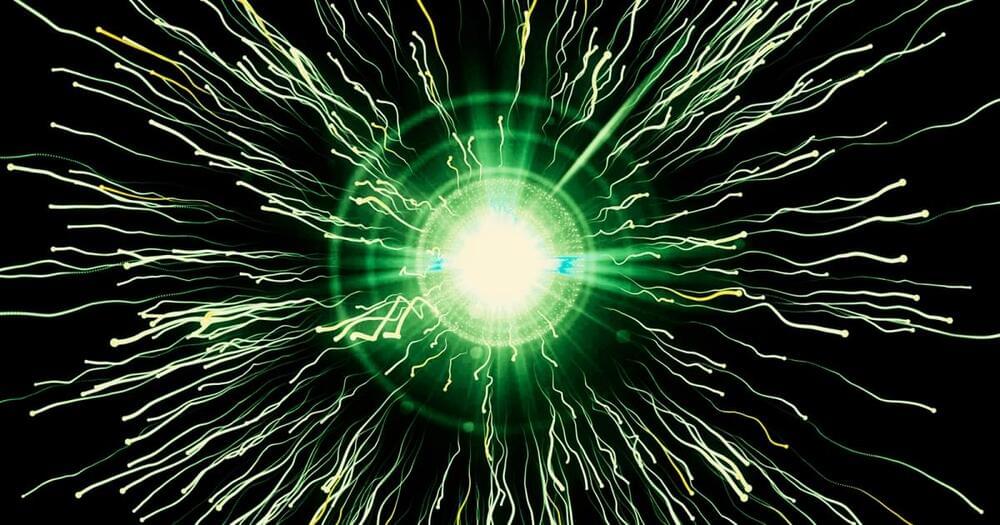Researchers in Germany and Japan have been able to increase the diffusion of magnetic whirls, so-called skyrmions, by a factor of ten.
In today’s world, our lives are unimaginable without computers. Up until now, these devices process information using primarily electrons as charge carriers, with the components themselves heating up significantly in the process. Active cooling is thus necessary, which comes with high energy costs. Spintronics aims to solve this problem: Instead of utilizing the electron flow for information processing, it relies on their spin or their intrinsic angular momentum. This approach is expected to have a positive impact on the size, speed, and sustainability of computers or specific components.
Magnetic whirls store and process information.









